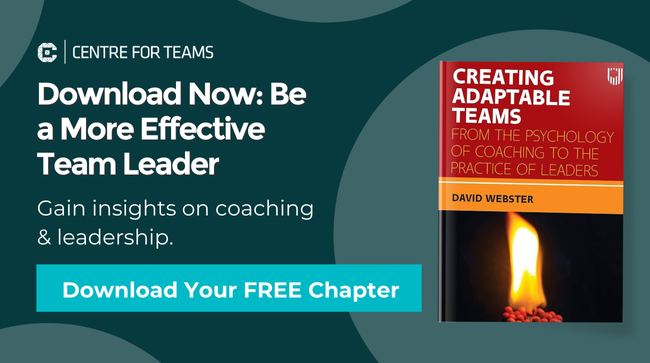Effective leadership demands a lot from people. Organisations expect technical competence, strategic clarity and the ability to lead, coach and manage others to deliver high performance. Yet these people-focused responsibilities are often underdeveloped. Many leaders adopt a leadership style inherited from their previous managers—copying what they experienced rather than consciously defining who they want to be as a leader.
A more intentional approach starts by asking four fundamental questions:
What values do I want to be known for?
How do I build and sustain trust?
How do others currently experience me?
What impact do I want to make?
Reflecting on these questions forms the basis of a leader’s identity—not just as an employee, but as someone responsible for shaping the climate in which others work. Without structured leadership coaching, many leaders never pause to consider these questions.
Alongside this self-reflection, it is equally important to understand what the role of a leader actually entails. Adapted from the work of Myles Downey, the Lead/Manage/Coach framework provides a practical lens for recognising the three distinct roles leaders must play and how these roles operate across both organisational and individual domains

Lead: Creating Meaning, Direction and Energy
Leadership is fundamentally about purpose—clarifying why we are playing the game. At the organisational level, this is the work of setting strategic intent, establishing direction, and generating the energy that motivates others to follow. At the individual level, leadership involves self-insight: understanding one’s personal purpose, values and the unique contribution one wants to make.
Academic research underscores this. Purpose-driven leadership is associated with higher engagement, alignment and discretionary effort (Keller & Meaney, 2017). When leaders articulate meaning, teams are more resilient, creative and willing to take intelligent risks.
Manage: Creating Structure, Consistency and Delivery
Management answers a different question: What are the rules of the game? It is about providing clarity, ensuring accountability and creating the conditions for reliable performance. Management requires translating goals into plans, defining roles, monitoring progress and ensuring quality.
This is not glamorous work, but it is essential. As Mintzberg (2009) observed, effective managers create order and stability, allowing teams to focus on execution without ambiguity or unnecessary friction
Coach: Enabling Growth, Autonomy and Better Performance
The coaching role focuses on capability and potential—helping individuals play a better game. Coaching supports intrinsic motivation, creativity, intuition and self-directed learning. It shifts the leader’s stance from “instructing” to “enabling,” aligning with evidence that autonomy and competence significantly increase engagement and performance (Deci & Ryan, 2000).
Downey’s work emphasises that coaching is not an add-on; it is a core leadership discipline that fosters growth, confidence and accountability.
Putting the Three Roles Together
High-performing leaders do not overuse one of these roles at the expense of the others. They lead to inspire, manage to deliver and coach to grow their people. When all three roles operate in balance—across both organisational authority and individual empowerment—the conditions for sustainable performance and thriving teams are created.
References
Deci, E. L., & Ryan, R. M. (2000). The “what” and “why” of goal pursuits: Human needs and the self-determination of behavior. Psychological Inquiry, 11(4), 227–268.
Keller, S., & Meaney, M. (2017). Attracting and retaining the right talent. McKinsey Quarterly.
Mintzberg, H. (2009). Managing. Berrett-Koehler.


No Comments Yet
Let us know what you think